FORT LEWIS, Wash. - A Soldier from Charger Company, 2nd Battalion, 3rd Infantry Regiment knelt beside a flex-cuffed detainee forced onto his knees facing the corner of a dark room in a Leschi Town residential complex.
"Mushin, what is your father's name'"
An Iraqi interpreter attached to the company stood nearby and translated.
"Hakim."
The detained Iraqi answered in a hushed tone.
"Mushin Al Hakim," repeated the translator.
The Soldiers confirmed that this detainee was the high-value individual they were ordered to capture or kill upon discovery.
"Is there anybody with you right now'"
The Soldier continued his questioning.
"No."
"The people in the next room - who are they'"
"I don't know."
Before the interrogator could ascertain any intel from the detainee, an Iraqi civilian in the complex provided a lead to another high-value target in nearby Beiji Village.
The Soldiers of C Co. reacted quickly and moved back to their Strykers for the next stage of the mission.
The engagement at Leschi Town and the resulting raid on Beiji Village, Jan. 27, was the culminating exercise of "Operation Patriot Punisher," a company-level situational training exercise for the Soldiers of 2nd Battalion, 3rd Infantry Regiment.
The exercise spanned the course of 24 hours and incorporated three smaller objectives before a final midnight assault based on acquired intelligence.
The battalion exercised its three line companies, its headquarters company and incorporated the 18th Engineer Company, a unit with which they will deploy, during the two-week operation. The large-scale, multi-echelon training aimed at refining command and control at both the company and battalion levels. It integrated logistical, resupply and air-assault operations, and involved leadership at every level of the 2-3 Inf.'s war-fighting capabilities.
Being the third in a series of situational training exercises that 2-3 Inf. has conducted since Lt. Col. Adam Rocke took command, he saw it as the culminating company-level event before brigade level training at NTC.
"This is the first time that (two of) the companies got to maneuver (together)," said Rocke. "During the reset we focused on individual collective training on the squad- and platoon level. This is the first time we got to the company-level collective training."
The STX was broken up into different phases with a strong focus on time-sensitive targeting and leader engagement.
The first phase of training involved a platoon-sized element responding to an Iraqi Army squad in need of assistance in the village of Regenburg.
Given limited information, the Soldiers had to assess the situation quickly and take appropriate action based on information provided by the village elder and an Iraqi security force leader.
Adding to the complexity of the situation was a large, unruly crowd of local villagers, an injured IA soldier and an armed insurgent hidden within the complex.
After eliminating the enemy gunman, the platoon leader then had to work with local leaders in confronting the problems of food and water scarcity as well as a lack of sustained security presence.
"This was designed for them to think on their feet rapidly," said the 2-3 Inf. commander. They were forced to "make decisions, disseminate that information, and either stick with the plan that they developed initially ... or change that plan on the move to accomplish their mission."
While Soldiers cleared houses and dealt with villagers, C Co., 1st Platoon leader 1st Lt. Jeremy Bishop spoke with the village elder through an interpreter.
"We can provide for some food (now), and arrange for more to come in (later)," said Bishop after hearing the grievances of the elder.
The Redcatchers from 4th Squadron, 6th Cavalry Regiment, delivered a sling-loaded supply of food and water to the village the next day.
Working with interpreters and Iraqi citizens "really challenged these new, young platoon leaders," said Charger Co. commander Capt. Chris Hallows, "and for the platoon leaders who haven't (deployed), this was a great opportunity."
This scenario played out several times throughout the day as C Co. platoons conducted meetings with Iraqi Army leaders at different locations around Fort Lewis.
The final mission of the STX materialized as the result of intelligence gathered by the three platoons. In the midst of their routine operations, they found clues that led them to conduct a raid that night.
The key to this mission was "time-sensitive targeting," Hallows said. "We did not get information on the target until about an hour and a half before we were expected to execute it. As a company we had to quickly develop a plan, disseminate it, back brief it to (the battalion commander) and move out."
Intelligence drove the decision to conduct a personality-based raid, the Soldiers infiltrated Leschi Town just before midnight accompanied by an Iraqi Army squad.
Integrated into the exercise were fire support by Kiowa helicopters, a notional howitzer, and snipers observing operations and reporting back to the battalion tactical operations center. Routes to the objective had also been cleared of IEDs by the 18th Engineer Company.
Charger Co. made swift work of all hostile forces in the village. The Soldiers not only captured a primary target but also used intelligence gained from locals to move to a secondary objective and detain another high-value individual.
This exercise also gave Soldiers a chance to develop their standard operating procedures for air-assault operations, as helicopters from 4-6 Cav. provided mission support.
"I really liked the fact that we got a chance to do some air assaults," said Sgt. David Dean, since there is "a chance while deployed that there could be missions we'll be doing (that use) helicopters to get to the objective."
Despite minor communication issues during the mostly mounted operation, the STX came without difficulty for C Co.
The Soldiers are at such a level that "if we needed to deploy tomorrow, they are where they need to be in their development," says 1st Sgt. Craig Jeffrey.
Not surprisingly, confidence in the Soldiers of 2-3 Inf. is high.
"When we roll into this known deployment to Iraq, the company and the battalion will be absolutely ready to go," said Hallows. "I have no doubt we will be able to accomplish our mission there."
Phil Sussman is a reporter with Fort Lewis' Northwest Guardian.
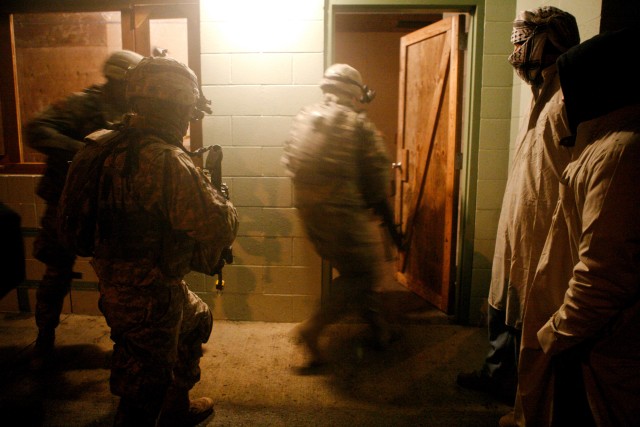
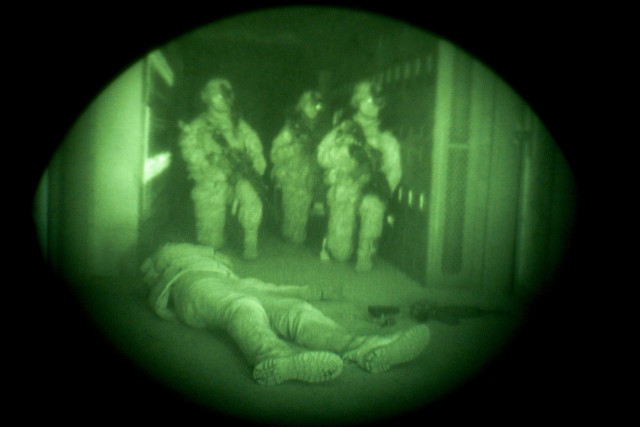
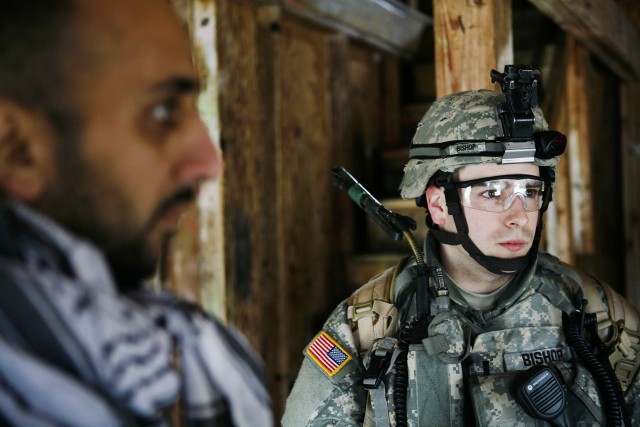
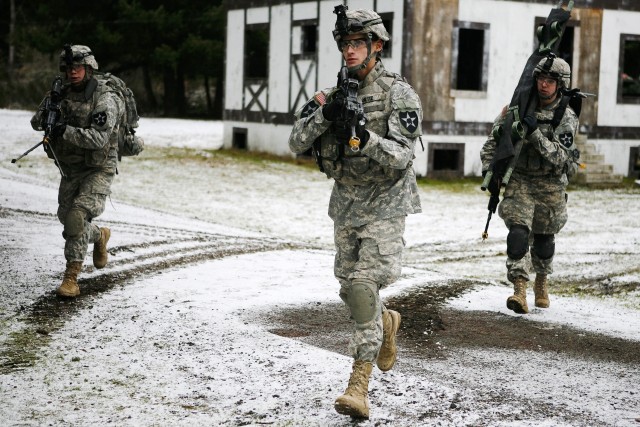
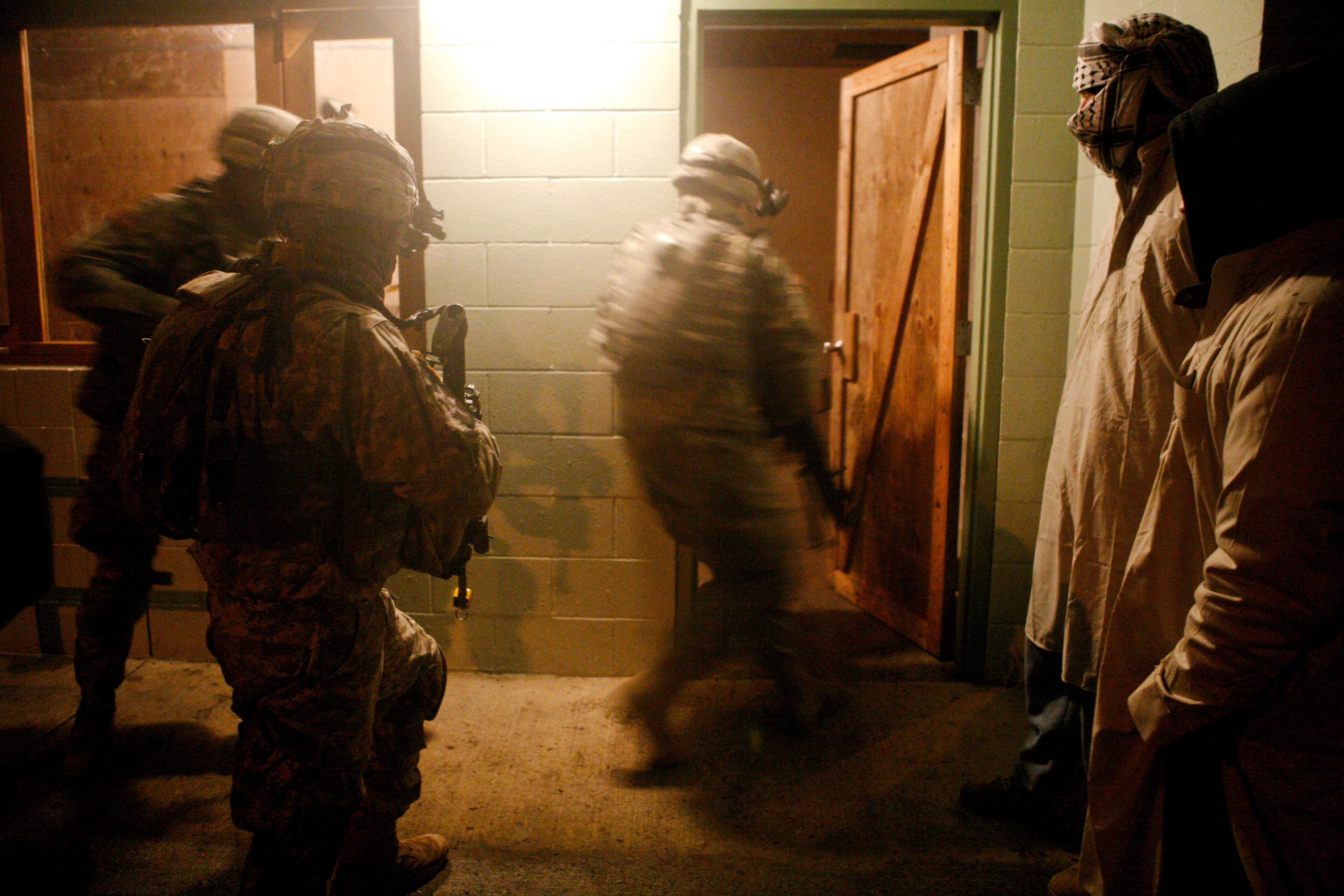
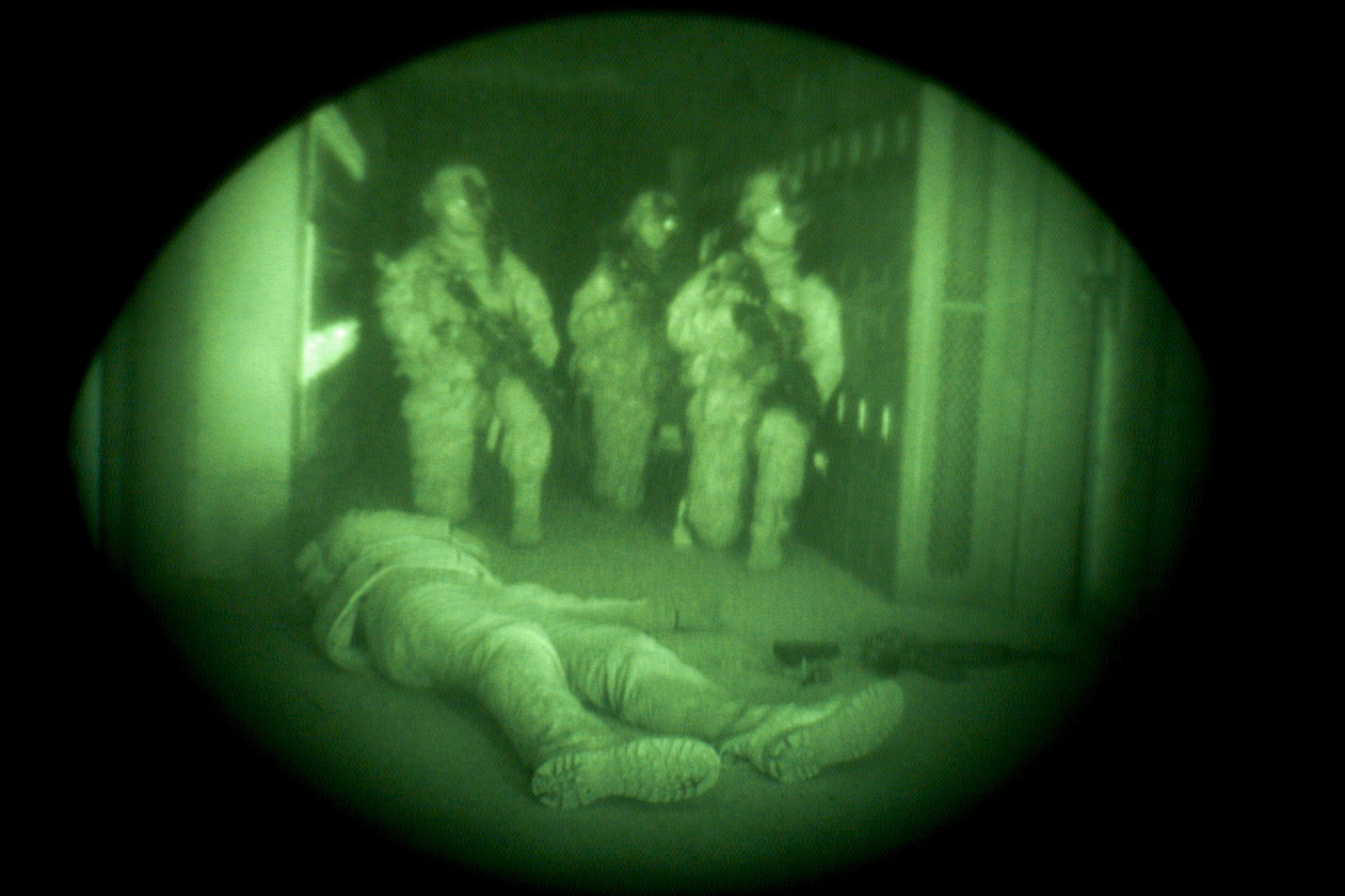
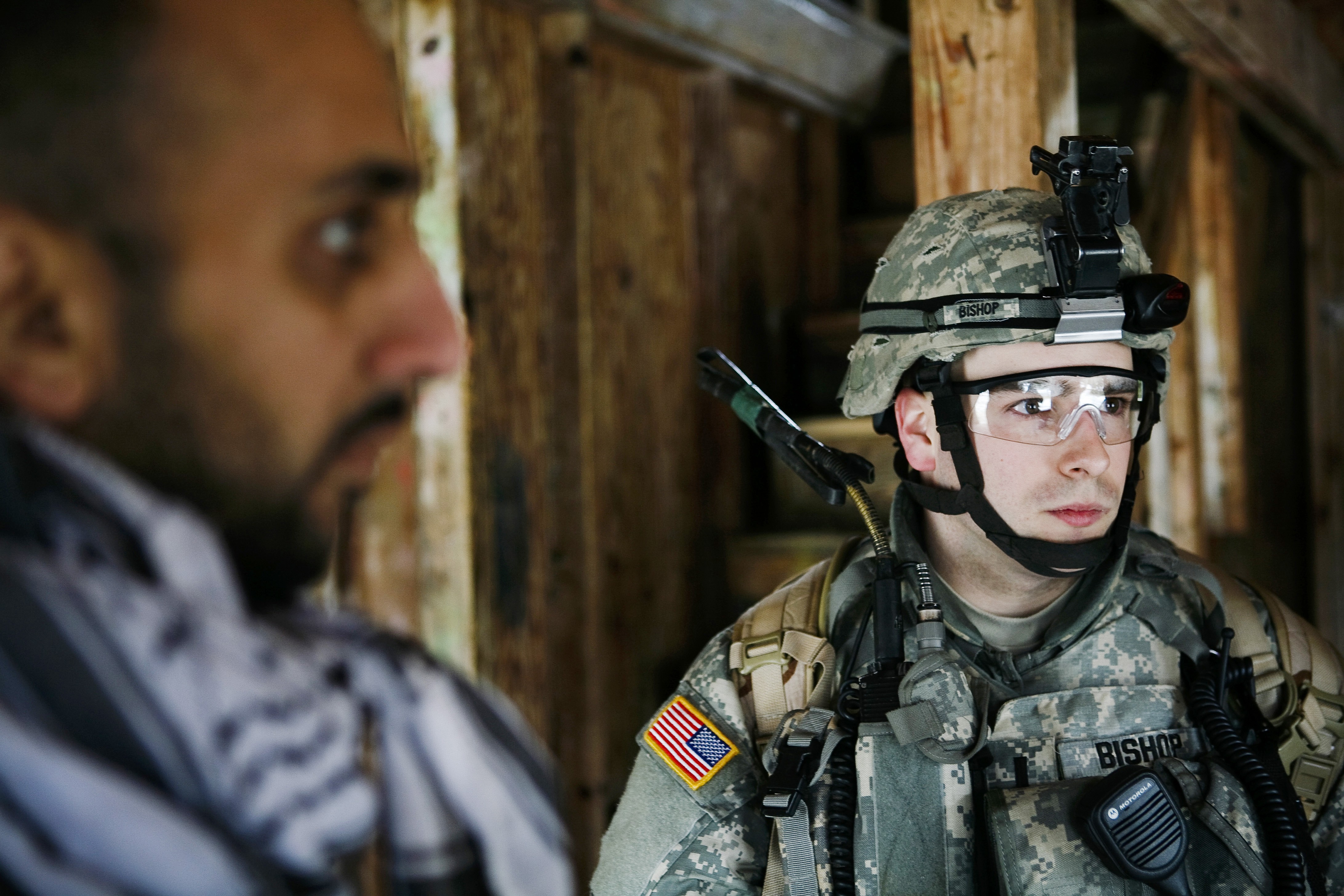
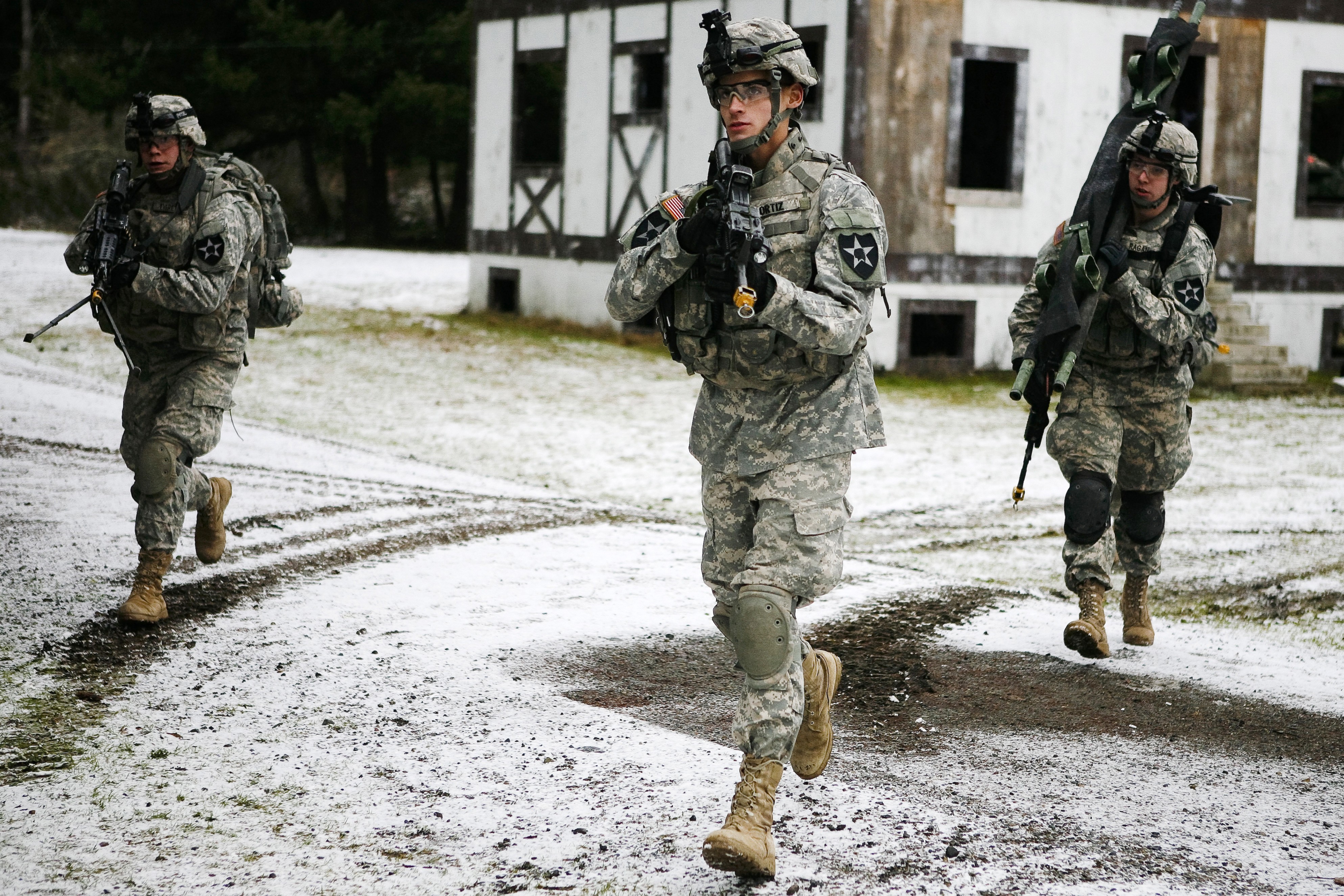
Social Sharing